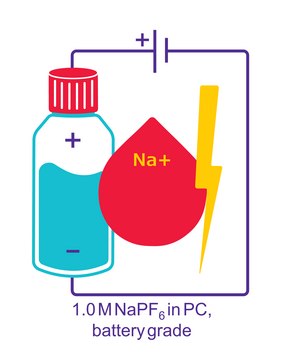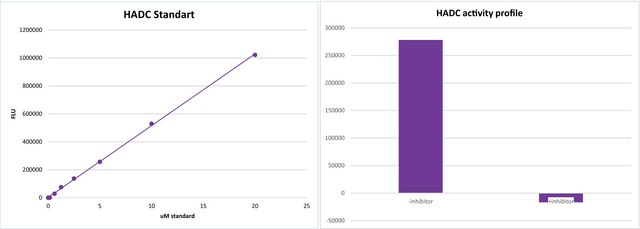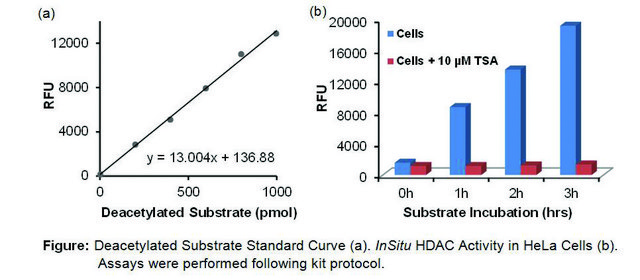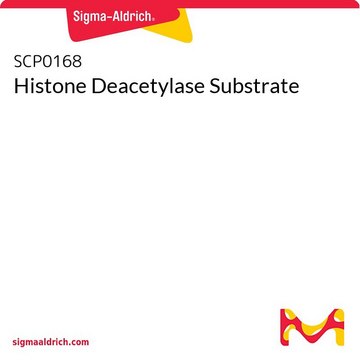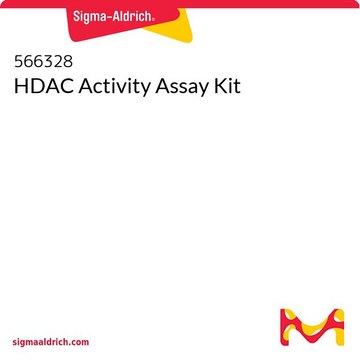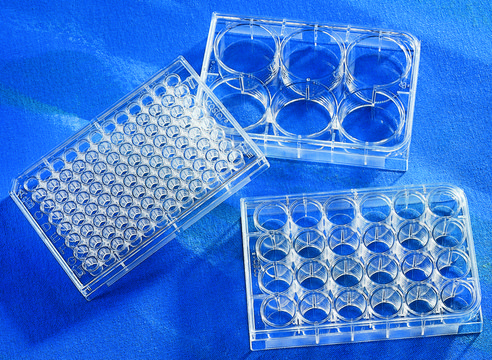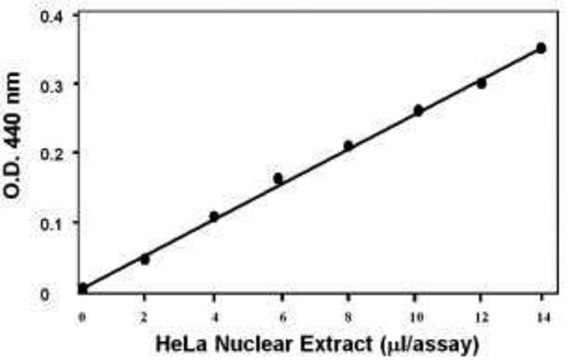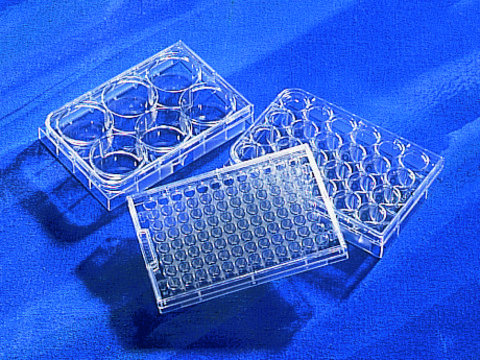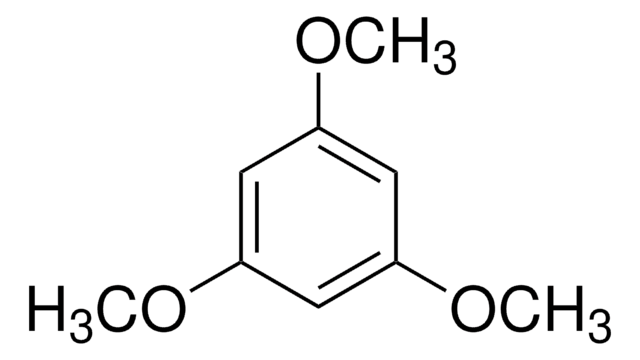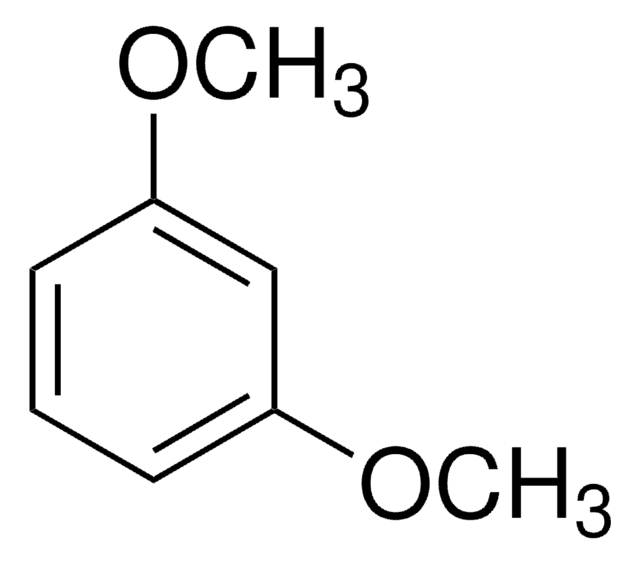Key Documents
Safety Information
EPI004
Histone Deacetylase 3 (HDAC3) Activity Assay Kit
100 assays in 96 well plates
Synonym(s):
Histone deacetylase assay
Select a Size
CN¥348.36
Available to ship onApril 16, 2025Details
Select a Size
About This Item
CN¥348.36
Available to ship onApril 16, 2025Details
Recommended Products
usage
100 assays in 96 well plates
NCBI accession no.
shipped in
wet ice
storage temp.
−20°C
Gene Information
human ... HDAC3(8841)
mouse ... HDAC3(15183)
1 of 4
This Item | 74599 | T68802 | 126306 |
|---|---|---|---|
| Quality Level 200 | Quality Level 300 | Quality Level 200 | Quality Level 200 |
| mp 50-53 °C (lit.) | mp 50-53 °C (lit.) | mp - | mp - |
| form solid | form - | form - | form liquid |
| bp 255 °C (lit.) | bp 255 °C (lit.) | bp 247 °C (lit.) | bp 85-87 °C/7 mmHg (lit.) |
| product line ReagentPlus® | product line TraceCERT® | product line - | product line - |
General description
With Sigma′s HDAC3 Activity Assay Kit, HDAC3 present in a test sample will act with the supplied Developer, to deacetylate and then cleave the HDAC3 Substrate [R-H-K-K(Ac)-AFC]. This activity will release the quenched fluorescent group, AFC, which can be detected at Em/Ex = 380/500 nm. Trichostatin A is an HDAC inhibitor included in the kit to verify HDAC3 activity. The kit provides a rapid, simple, sensitive and reliable test. It is suitable for either individual tests or high throughput assays, from nuclear extracts, purified, or immunoprecipitated HDAC3, and from native, recombinant, or genetically modified HDAC3.
Features and Benefits
- Simple, sensitive, and reliable assay
- Simple procedure; takes ~60 min
- Utilizes fluorometric methods
- Sample type: cell and tissue lysates, plasma and serum, other biological fluids
- Species reactivity: mammalian
- Suitable for individual tests or high throughput assays and kinetic studies
- Convenient 96-well microplate format
- Suitable for high throughput measurement of HDAC3 activity in purified, immunoprecipitated and recombinant or genetically modified HDAC3 samples
related product
Storage Class Code
10 - Combustible liquids
WGK
WGK 3
Flash Point(F)
188.6 °F - closed cup
Flash Point(C)
87 °C - closed cup
Regulatory Information
Choose from one of the most recent versions:
Certificates of Analysis (COA)
It looks like we've run into a problem, but you can still download Certificates of Analysis from our Documents section.
If you need assistance, please contact Customer Support.
Already Own This Product?
Find documentation for the products that you have recently purchased in the Document Library.
Our team of scientists has experience in all areas of research including Life Science, Material Science, Chemical Synthesis, Chromatography, Analytical and many others.
Contact Technical Service